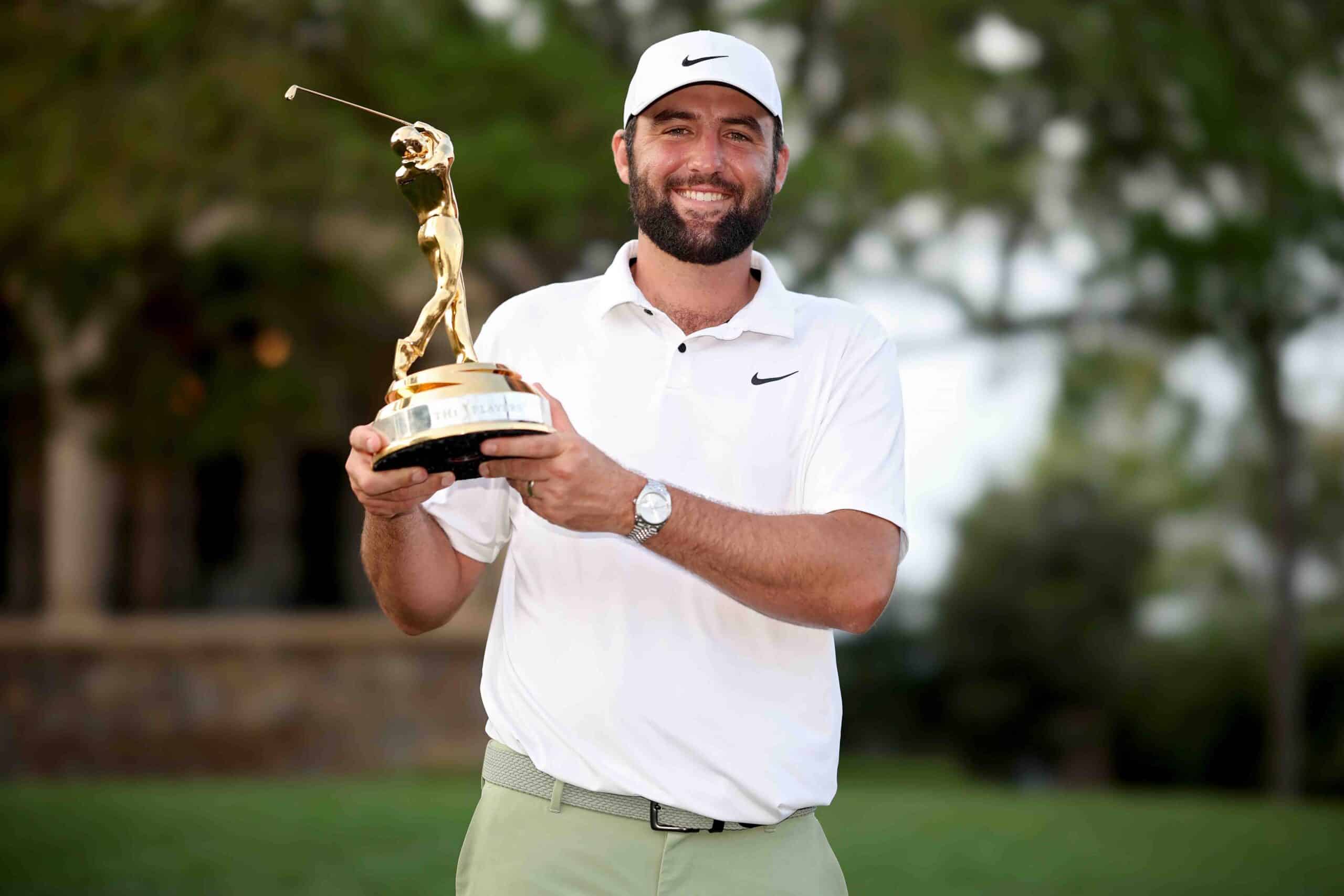
What is a condor in golf? Six players who did the unthinkable
Let’s dive into the history books to the section marked ‘rarest feats in golf’
What is a condor in golf?
We’ve all heard of bogeys, eagles and albatrosses but, in golf, there’s a not-so-little birdie that’s even rarer than that.
A condor is, quite simply, holing out in four shots under par. Of the six on record, five of them are a hole-in-one on a par-5. The other was American Kevin Pon, whose achievement you’re about to read about…
A 2 on a par-6?
For keen amateur golfer Kevin Pon, it was just another normal day knocking around his club, Lake Chabot, in Oakland, California, in December.
Then he arrived at the monster 649-yard 18th – one of a handful of par-6 holes in the United States – and pulled off one of the sport’s most remarkable, and unlikely, feats.
Pon, a 54-year-old 10-handicap who lives in nearby Castro Valley, smoked a drive from the elevated tee that hopped, skipped, and jumped its way down the hill and finished up some 540 yards from where it started.
Pon, thinking he had a nice 120-yard wedge shot into the raised green with two putts for eagle or an outside chance of an albatross, then did the unthinkable – he holed his approach for a rare condor.
It is, according to the San Francisco newspaper Mercury News, the only recorded condor on a par-6 in US golf history.
For context, the odds of hitting a hole-in-one on a par 3 are 12,500-1, while the odds of holing an albatross move into six figures. The chances of a condor are so slim, governing bodies don’t even carry odds of it happening.
In golf’s history, according to LiveAbout.com, this is just the sixth recorded condor. All of the previous five were par-5 aces.
“I still can’t believe it. I didn’t even see the ball come to rest on either of those two shots,” Pon told the paper.
But my favourite quote is from Jerry Stewart of the California Golf Association, who begrudgingly accepted Pon’s achievement as legitimate following an investigation.
After seeing pictures of Lake Chabot’s lengthy finisher, with the steep hills and cart paths, Stewart conceded: “It sounds like he hit the path. He may have hit the path twice. It may have hopped and went a hundred yards, then hopped again and went another hundred yards.
“He got extremely lucky.”
We’re a cynical bunch, us golfers.
Pon doesn’t mind. “It’s been a weird year,” he added.

Who else has done it?
There are five par-5 hole-in-ones cemented in the history books.
Larry Bruce is credited as having the first ever recorded condor. In 1962, he smashed his ball over a copse of trees on a 480-yard par-5 at Hope Country Club in Arkansas and found the cup on the hole that doglegged sharply to the right.
In 1973, scratch golfer Dick Hogan aced the 456-yard par-5 8th at Piedmont Crescent in North Carolina – though he told a newspaper 40 years later that he was never convinced of its legitimacy and that he’d always just assumed someone had played a practical joke on him. (If they did, they kept it to themselves.)
Shaun Lynch also used a corner to his advantage in 1995 when he needed no more than a 3-iron to hole out on the 496-yard 17th at Teign Valley in Devon. The shot cleared a 20 foot high hedge on the horseshoe-shaped hole, hit a downslope, and just took off on its way to rolling in.
The elements helped Mike Crean make the longest hole-in-one ever recorded. In 2002, the par-5 9th, at 517 yards, fell to his mercy but the shot was aided by the thin air at Green Valley Ranch in Denver. Colorado is a mile above sea level.
The last recorded par-5 condor came in 2007 when 16-year-old Jack Bartlett showed off his supreme strength at the 511-yard 17th at Wentworth Falls in Australia.
- RELATED: The hole-in-one story to beat all hole-in-one stories
- RELATED: The golfer that fired himself into the Guinness World Records
- RELATED: The scorecard that proves you should never give up
- RELATED: The scorecard that needs to be seen to be believed
Alex Perry

Alex has been the editor of National Club Golfer since 2017. A Devonian who enjoys wittering on about his south west roots, Alex moved north to join NCG after more than a decade in London, the last five of which were with ESPN. Away from golf, Alex follows Torquay United and spends too much time playing his PlayStation or his guitar and not enough time practising his short game.










